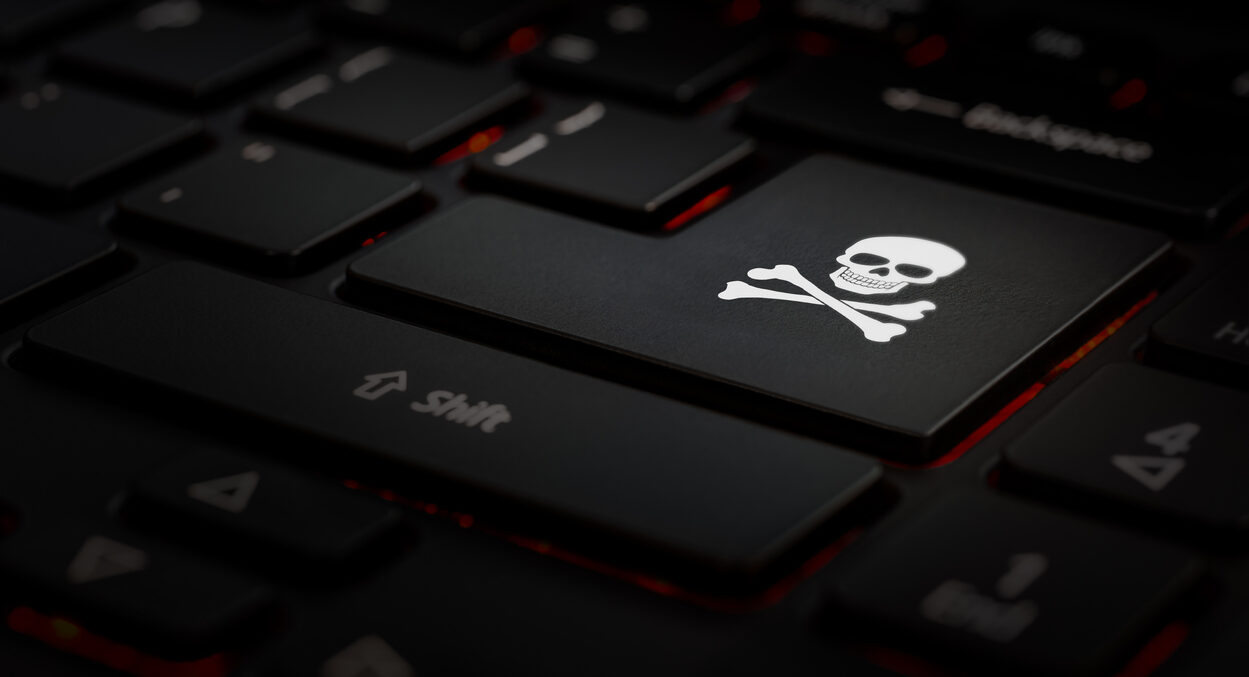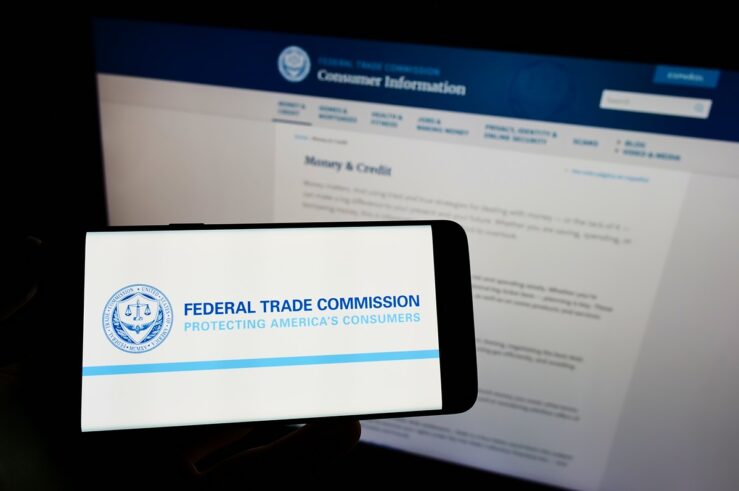
All too frequently, vocal advocates for “Internet Freedom” imagine it exists along just a single dimension: the extent to which it permits individuals and firms to interact in new and unusual ways.
But that is not the sum of the Internet’s social value. The technologies that underlie our digital media remain a relatively new means to distribute content. It is not just the distributive technology that matters, but also the content that is distributed. Thus, the norms and laws that facilitate this interaction of content production and distribution are critical.
Sens. Patrick Leahy (D-Vt.) and Thom Tillis (R-N.C.)—the chair and ranking member, respectively, of the Senate Judiciary Committee’s Subcommittee on Intellectual Property—recently introduced legislation that would require online service providers (OSPs) to comply with a slightly heightened set of obligations to deter copyright piracy on their platforms. This couldn’t come at a better time.
S. 3880, the SMART Copyright Act, would amend Section 512 of the Copyright Act, originally enacted as part of the Digital Millennium Copyright Act of 1998. Section 512, among other things, provides safe harbor for OSPs for copyright infringements by their users. The expectation at the time was that OSPs would work voluntarily with rights holders to develop industry best practices to deal with pirated content, while also allowing the continued growth of the commercial Internet.
Alas, it has become increasingly apparent in the nearly quarter-century since the DMCA was passed that the law has not adequately kept pace with the technological capabilities of digital piracy. In April 2020 alone, U.S. consumers logged 725 million visits to pirate sites for movies and television programming. Close to 90% of those visits were attributable to illegal streaming services that use internet protocol television to distribute pirated content. Such services now serve more than 9 million U.S. subscribers and generate more than $1 billion in annual revenue.
Globally, there are more than 26.6 billion annual illicit views of U.S.-produced movies and 126.7 billion views of U.S.-produced television episodes. A report produced for the U.S. Chamber of Commerce by NERA Economic Consulting estimates the annual impact to the United States to be $30 to $70 billion of lost revenue, 230,000 to 560,000 of lost jobs, and between $45 and $115 billion in lower GDP.
Thus far, the most effective preventative measures produced have been filtering solutions adopted by YouTube, Facebook, and Audible Magic, but neither filtering nor other solutions have been adopted industrywide. As the U.S. Copyright Office has observed:
Throughout the Study, the Office heard from participants that Congress’ intent to have multi-stakeholder consensus drive improvements to the system has not been borne out in practice. By way of example, more than twenty years after passage of the DMCA, although some individual OSPs have deployed DMCA+ systems that are primarily open to larger content owners, not a single technology has been designated a “standard technical measure” under section 512(i). While numerous potential reasons were cited for this failure— from a lack of incentives for ISPs to participate in standards to the inappropriateness of one-size-fits-all technologies—the end result is that few widely-available tools have been created and consistently implemented across the internet ecosystem. Similarly, while various voluntary initiatives have been undertaken by different market participants to address the volume of true piracy within the system, these initiatives, although initially promising, likewise have suffered from various shortcomings, from limited participation to ultimate ineffectiveness.
Given the lack of standard technical measures (STMs), the Leahy-Tillis bill would empower the Office of the Librarian of Congress (LOC) broad latitude to recommend STMs for everything from off-the-shelf software to open-source software to general technical strategies that can be applied to a wide variety of systems. This would include the power to initiate public rulemakings in which it could either propose new STMs or revise or rescind existing STMs. The STMs could be as broad or as narrow as the LOC deems appropriate, including being tailored to specific types of content and specific types of providers. Following rulemaking, subject firms would have at least one year to adopt a given STM.
Critically, the SMART Copyright Act would not hold OSPs liable for the infringing content itself, but for failure to make reasonable efforts to accommodate the STM (or for interference with the STM). Courts finding an OSP to have violated their obligation for good-faith compliance could award an injunction, damages, and costs.
The SMART Copyright Act is a directionally correct piece of legislation with two important caveats: it all depends on the kinds of STMs that the LOC recommends and on how a “violation” is determined for the purposes of awarding damages.
The law would magnify the incentive for private firms to work together with rights holders to develop STMs that more reasonably recruit OSPs into the fight against online piracy. In this sense, the LOC would be best situated as a convener, encouraging STMs to emerge from the broad group of OSPs and rights holders. The fact that the LOC would be able to adopt STMs with or without stakeholders’ participation should provide more incentive for collaboration among the relevant parties.
Short of a voluntary set of STMs, the LOC could nonetheless rely on the technical suggestions and concerns of the multistakeholder community to discern a minimum viable set of practices that constitute best efforts to control piracy. The least desirable outcome—and, I suspect, the one most susceptible to failure—would be for the LOC to examine and select specific technologies. If implemented sensibly, the SMART Copyright Act would create a mechanism to enforce the original goals of Section 512.
The damages provisions are likewise directionally correct but need more clarity. Repeat “violations” allow courts to multiply damages awards. But there is no definition of what counts as a “violation,” nor is there adequate clarity about how a “violation” interacts with damages. For example, is a single infringement on a platform a “violation” such that if three occur, the platform faces treble damages for all the infringements in a single case? That seems unlikely.
More reasonable would be to interpret the provision as saying that a final adjudication that the platform behaved unreasonably is what counts for the purposes of calculating whether damages are multiplied. Then, within each adjudication, damages are calculated for all infringements, up to the statutory damages cap. This interpretation would put teeth in the law, but it’s just one possible interpretation. Congress would need to ensure the final language is clear.
An even better would be to make Section 512’s safe harbor contingent on an OSP’s reasonable compliance. Unreasonable behavior, in that case, provides a much more straightforward way to assess damages, without needing to leave it up to court interpretations about what counts as a “violation.” Particularly since courts have historically tended to interpret the DMCA in ways that are unfavorable to rights holders (e.g., “red flag” knowledge), it would be much better to create a simple standard here.
This is not to say there are no potential problems. Among the concerns that surround promulgating new STMs are potentially creating cybersecurity vulnerabilities, sources for privacy leaks, or accidentally chilling speech. Of course, it’s possible that there will be costs to implementing an STM, just as there are costs when private firms operate their own content-protection mechanisms. But just because harms can happen doesn’t mean they will happen, or that they are insurmountable when they do. The criticisms that have emerged have so far taken on the breathless quality of the empirically unfounded claims that 2012’s SOPA/PIPA legislation would spell doom for the Internet. If Section 512 reforms are well-calibrated and sufficiently flexible to adapt to the market realities, I think we can reasonably expect them to be, on net, beneficial.
Toward this end, the SMART Copyright Act contemplates, for each proposed STM, a public comment period and at least one meeting with relevant stakeholders, to allow time to understand its likely costs and benefits. This process would provide ample opportunities to alert the LOC to potential shortcomings.
But the criticisms do suggest a potentially valuable change to the bill’s structure. If a firm does indeed discover that a particular STM, in practice, leads to unacceptable security or privacy risks, or is systematically biased against lawful content, there should be a legal mechanism that would allow for good-faith compliance while also mitigating STMs’ unforeseen flaws. Ideally, this would involve working with the LOC in an iterative process to refine relevant compliance obligations.
Congress will soon be wrapped up in the volatile midterm elections, which could make it difficult for relatively low-salience issues like copyright to gain traction. Nonetheless, the Leahy-Tillis bill marks an important step toward addressing online piracy, and Congress should move deliberatively toward that goal.




